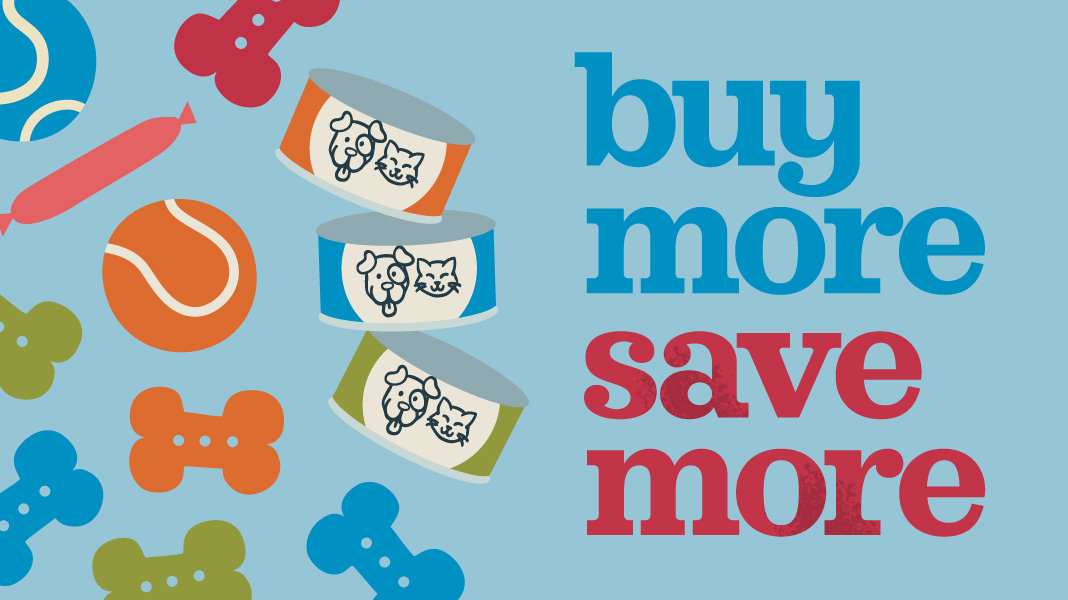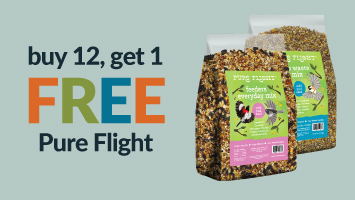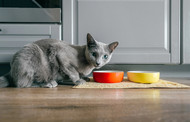Safely Store and Feed Their Raw Food
Posted by Chow Hound Pet Supplies on Jun 19th 2024
Ensuring the safe storage of raw pet food is vital. Proper handling and storage maintain freshness and mitigate health risks associated with bacteria. Here’s a detailed guide on how to safely store raw pet food:
Importance of Proper Storage
- Temperature Control: Raw pet food should be stored below 0°F (-18°C) in a freezer. This low temperature inhibits bacterial growth and preserves nutritional integrity.
- Freezer Organization: Designate a specific area or shelf in your freezer solely for raw pet food. This minimizes cross-contamination with human food and facilitates easy access.
- Packaging: For storing raw meat, use original packaging or airtight, leak-proof containers. Ensure containers are clean and sanitized before use to maintain food safety.
- Thawing Safely: Thaw raw pet food in the refrigerator or submerged in cold water. Avoid thawing at room temperature to prevent bacterial proliferation. Use separate utensils and surfaces to handle raw food and to avoid cross-contamination.
- Cleaning Protocols: Wash hands, utensils, and surfaces thoroughly with hot, soapy water after handling raw pet food. This prevents the spread of bacteria to humans and other surfaces.
- Portion Control: Divide raw pet food into meal-sized portions before freezing. This minimizes waste and ensures that each serving retains its nutritional quality.
- Quality Assurance: Purchase raw pet food from reputable suppliers with strict quality control measures. Look for products with clear labeling and detailed handling instructions.
- Regular Monitoring: Periodically check your freezer temperature with a thermometer to ensure it remains consistently below freezing. This helps maintain food safety standards.
- Dispose of Spoiled Food: Discard any raw pet food that has exceeded its recommended storage duration or shows signs of spoilage, such as an off odor or unusual texture.
Safely storing raw pet food requires diligence and adherence to specific guidelines to protect your pet’s health and your own. You can confidently provide your pet with a nutritious, raw diet by maintaining proper storage temperatures, employing hygienic handling practices, and sourcing quality products.






